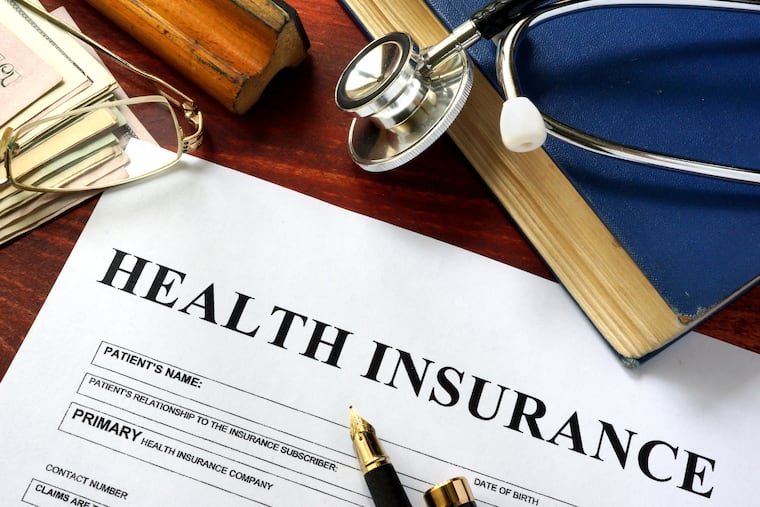Employer-sponsored health insurance is getting more expensive
Employer-sponsored plans cover about half of Americans under age 65 and are an important benefit that businesses use to attract and retain workers. But the financial protection these plans offer is declining.

People with health insurance from their employers are being stretched thinner than ever before, as premiums accelerate and deductibles rise.
Employer-sponsored health insurance plans cover about half of Americans under age 65 and are an important benefit businesses use to attract and retain workers. But the financial protection these plans offer is declining, according to an analysis of new federal data by the State Health Access Data Center, a partnership between the Robert Wood Johnson Foundation and the University of Minnesota.
"Health-care costs don't go down, they go up every year. It's a question of how much, and unfortunately they're rising faster than other prices and they're rising faster than wages," said Katherine Hempstead, a senior policy adviser for the Robert Wood Johnson Foundation.
Researchers found that, nationally, the average premium — the price to purchase health insurance — for single coverage rose 4.4 percent, to $6,368 in 2017, the most recent full year for which data are available. Employees were responsible for roughly a quarter of that cost, while employers covered the bulk of the premium.
At the same time, the average deductible — the amount people pay out-of-pocket before the plan starts paying — also increased, to $1,808 for an individual and $3,396 for a family.
Premium increases in New Jersey and Pennsylvania outpaced the national rise.
New Jersey had the fourth highest average premium for single coverage in the country in 2017 — $7,074 — up 9 percent from 2016. The average family premium in New Jersey was $20,669.
The average deductible for an individual in New Jersey declined by $59, to $1,456. The average family deductible increased by $138, to $2,827.
Nationally, about 49 percent of employees with a health plan through work have what is considered a high deductible — at least $1,300 for an individual and $2,600 for a family.
But New Jersey bucked this trend. The number of people with employer health plans who had a high deductible declined 5 percentage points there. About 36 percent of workers have a high deductible, the fourth lowest rate in the country.
The average employee share of premiums also declined in New Jersey, shielding workers from the full brunt of premium increases.
Meanwhile, in Pennsylvania, premiums for single and family coverage increased, and employees paid a greater share of the cost.
The average premium for single coverage in 2017 was $6,522, up 5.2 percent from the year before. Deductibles for single coverage increased an average of $36, to $1,639.
Pennsylvania families with employer-sponsored coverage had lower premiums than their peers in New Jersey, but higher deductibles. The average premium for family coverage in Pennsylvania was $18,589, up 3.8 percent from the previous year. The average deductible increased $52, to $3,082.
The report is based on the Medical Expenditure Panel Survey, conducted by the federal health department's Agency for Healthcare Research and Quality.